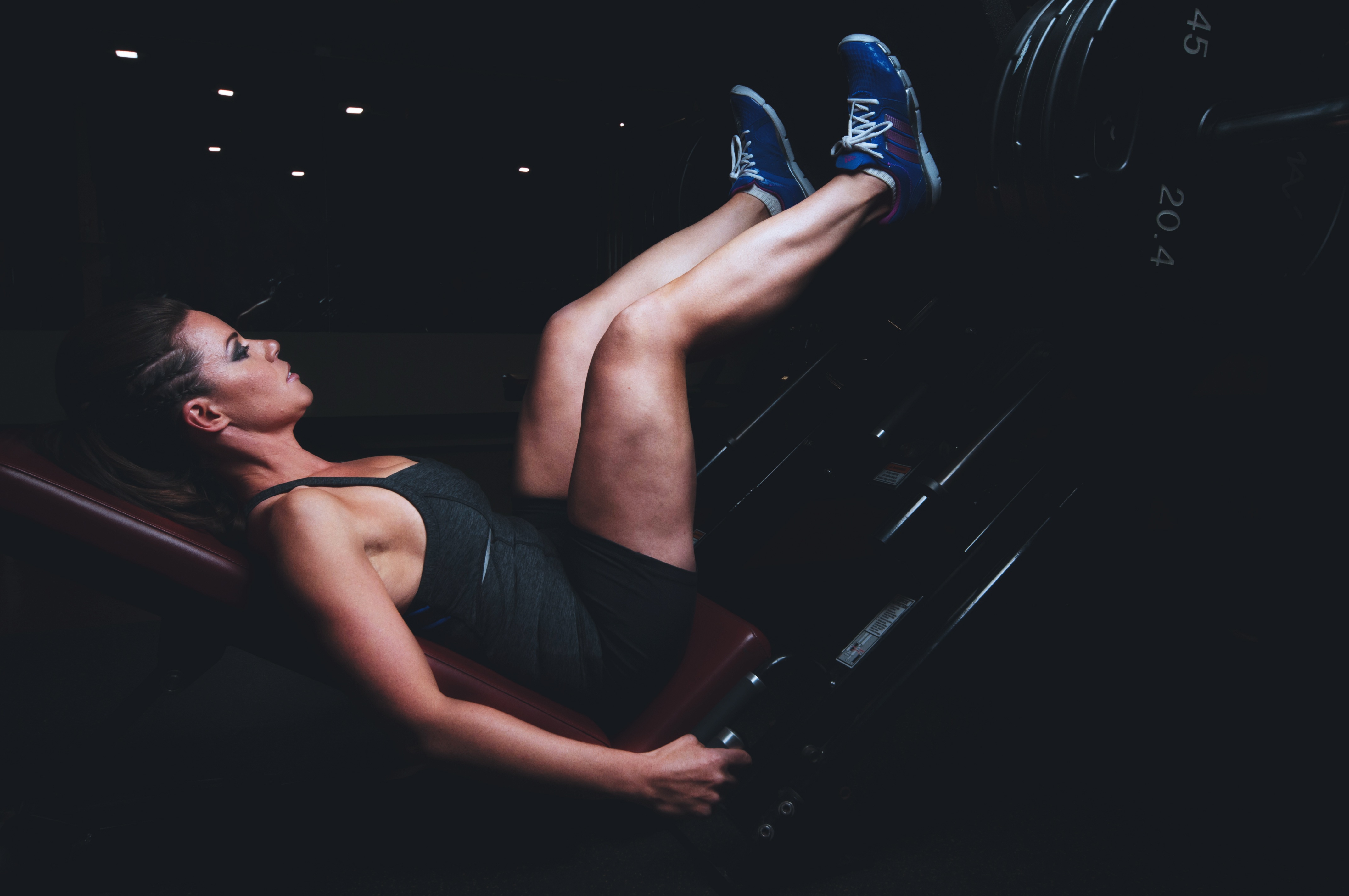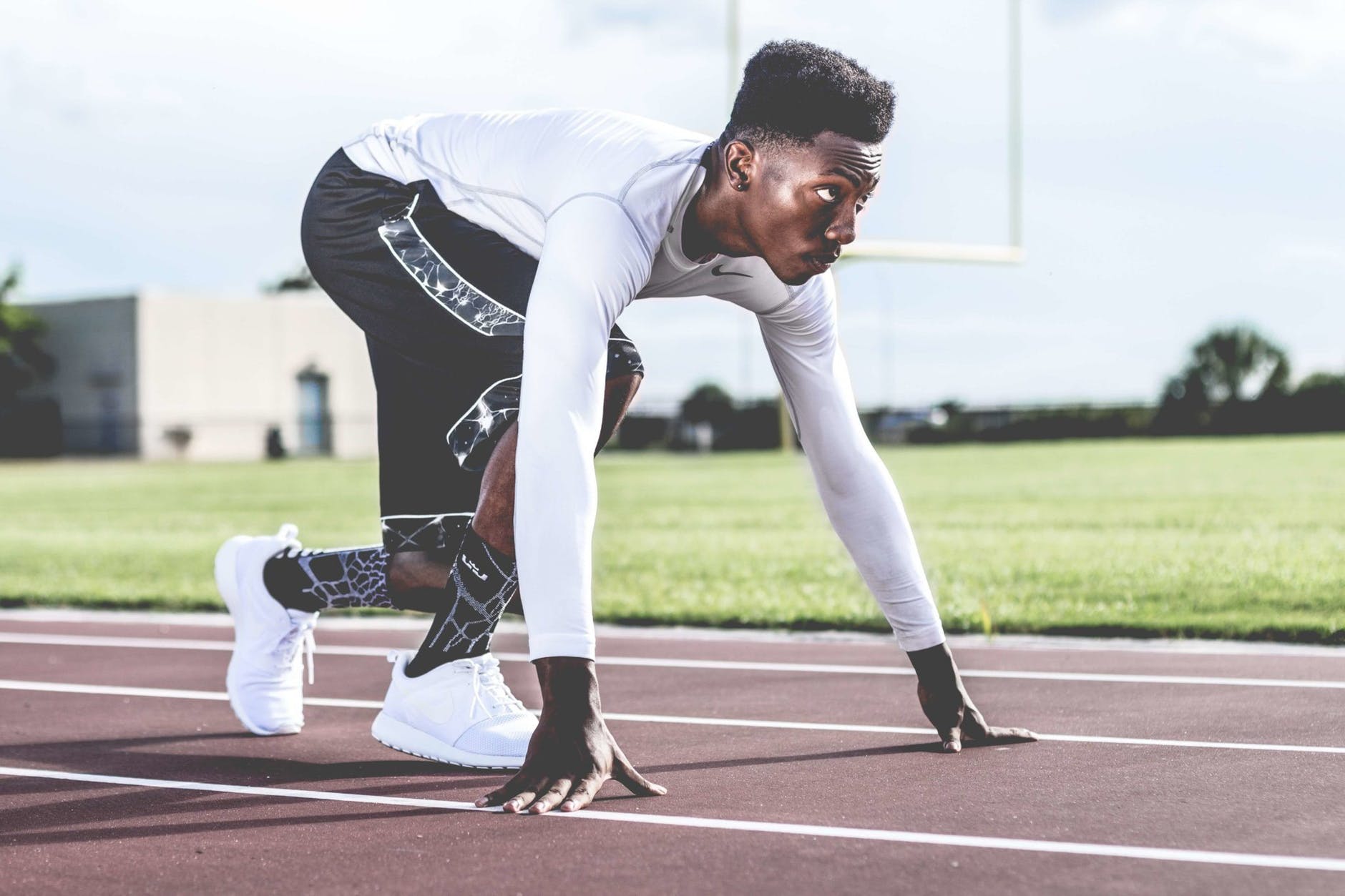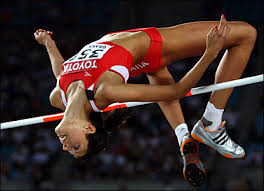As we get older, a number of us use the rationalization of “I still work out, so that won’t happen to me!” You see this when it comes to age-related declines in strength, muscle mass, and measures of performance. The challenge with this is that there are very few studies that examine this, for obvious reasons this is difficult to study. In the past there have been studies that looked at master’s athletes and found an inevitable age-related decline in weightlifters and sprinters (Korhonen et al 2003, Hamilton 1993, and Meltzer 1994). Essentially all these studies find a non-linear decline in performance as strength and power athletes age.
Unhiem et al in the Journal of Applied Physiology studied this using masters weightlifters and powerlifters, each with 40+ years of experience. The authors studied four groups. The first three groups were 65 years old or older; elite master’s athletes (weightlifters and powerlifters, 30+ years of competition experience), recreational older individuals, sedentary older individuals, and young individuals (18-30 years old). The idea was to use these subjects to investigate age-related declines to efferent activity.
Subjects were tested on maximal oxygen consumption using the treadmill, 1-RM leg press and leg press rate of force development, maximum voluntary contractions, and evoked potentials.
Results:
The table below shows some of the differences in the age groups. The first column shows the tests; leg press 1RM in kg, leg press strength divided by body mass, leg press rate of force development in in Netwons per second, the maximum voluntary contraction for the plantar flexion in Newton meters, plantar flexion rate of force development in Newtons per second, and maximal oxygen consumption in milileters per kilogram per minute.
The second column compares the masters athletes to the older sedentary subjects (so, for example, the masters athletes had a leg press 1-RM approximately 75% greater than the sedentary individuals). The third column compares the masters athletes to the young subjects.
| MA vs. Sed | MA vs. Young | |
| Leg Press 1RM kg | 75% | 26% |
| Leg Press 1RM/bw | 80% | 5% |
| Leg Press RFD | 178% | 53% |
| Plantar flexion MVC | 32% | –8% |
| Plantar flexion RFD | 94% | 1% |
| VO2 max | 18% | -43% |
As you can see from the table, the masters athletes were very different from the sedentary individuals from the same age group. In addition, there were either stronger or essentially the same as the young group that was studied.
There are a lot of studies that show the effectiveness of strength training on sedentary older adults. To my knowledge, this is one of the few studies to look at masters athletes who have been powerlifting or Olympic lifting over a lifetime. So, for me at 45, the depressing fact is that performance will decline with age. But, strength training over a lifetime definitely softens that decline.
References:
Hamilton, N. (1993). Changes in sprint stride kinematics with age in masters athletes. Journal of Applied Biomechanics, 9, 15-26.
Korhonen, M.T., Mero, A., and Suominen, H. (2003). Age-related differences in 100-m sprint performance in male and female masters runners. Medicine and Science in Sports and Exercise, 35(8), 1419-1428.
Meltzer, D.E. (1994). Age dependence of Olympic weightlifting ability. Medicine and Science in Sports and Exercise, 26(8), 1053-1067.
Unhjem, R., Nygard, M., van de Hoven, L.T., Sidhu, S.K., Hoff, J., and E. Wang. (2016). Lifelong strength training mitigates the age-related decline in efferent drive. Journal of Applied Physiology, 121, 415-423.




